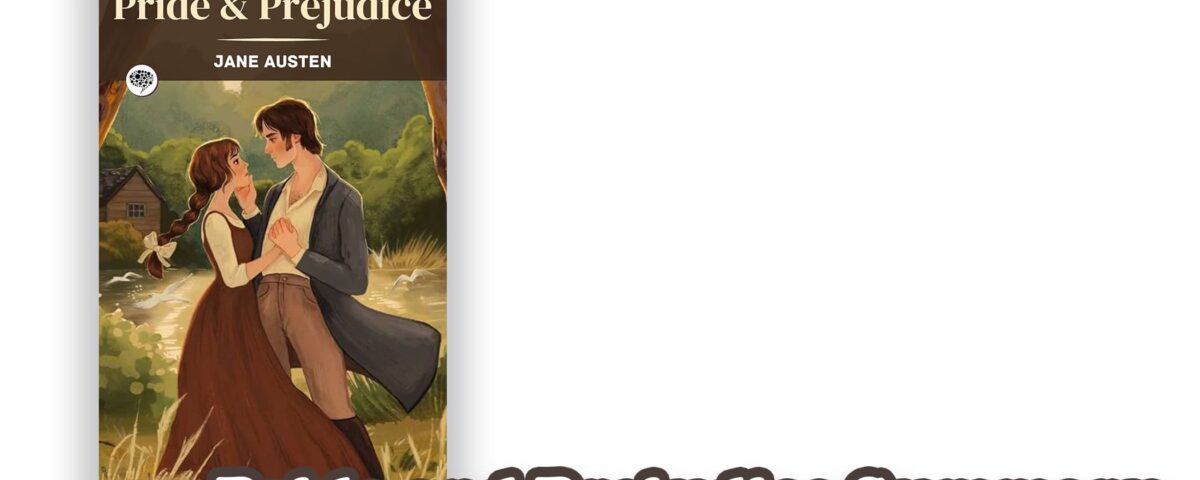
Best Budget Travel Tips for 2025
October 24, 2025
Prime Minister of Italy in 2025
October 25, 2025Pride and Prejudice summary by Jane Austen — A Complete Summary and Analysis
A Timeless Tale of Love and Self-Discovery
Few novels have remained as relevant and adored as Pride and Prejudice, first published in 1813 by Jane Austen. Over two centuries later, it continues to captivate readers across the world, not just as a romance, but as a sharp and humorous commentary on social class, gender expectations, and human nature
At its heart, this is the story of Elizabeth Bennet, a smart, independent woman ahead of her time, and Mr. Fitzwilliam Darcy, a proud gentleman whose arrogance hides a kind and honorable soul. Their journey from misjudgment to mutual respect and love is both emotional and transformative
This expanded summary gives you a full picture of Pride and Prejudice — from its key events to character development, social themes, and moral lessons — making it the perfect guide for readers, students, and literature enthusiasts
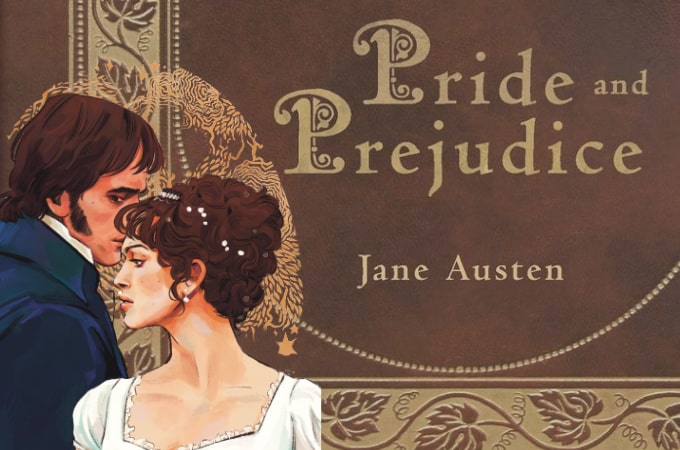
Pride and Prejudice Summary
Setting and Context
The story takes place in early 19th-century England, during the Regency era, when social class, wealth, and marriage defined one’s place in society. Women, in particular, had very limited rights — they couldn’t inherit family property or earn an independent living easily.
The Bennet family, living in the rural village of Longbourn, face this very problem. Mr. Bennet has five daughters and no sons, meaning his estate will pass to a male cousin when he dies. Mrs. Bennet is therefore obsessed with marrying her daughters off to wealthy men — not for love, but for survival
This social backdrop sets the stage for the witty, romantic, and often ironic world that Jane Austen creates
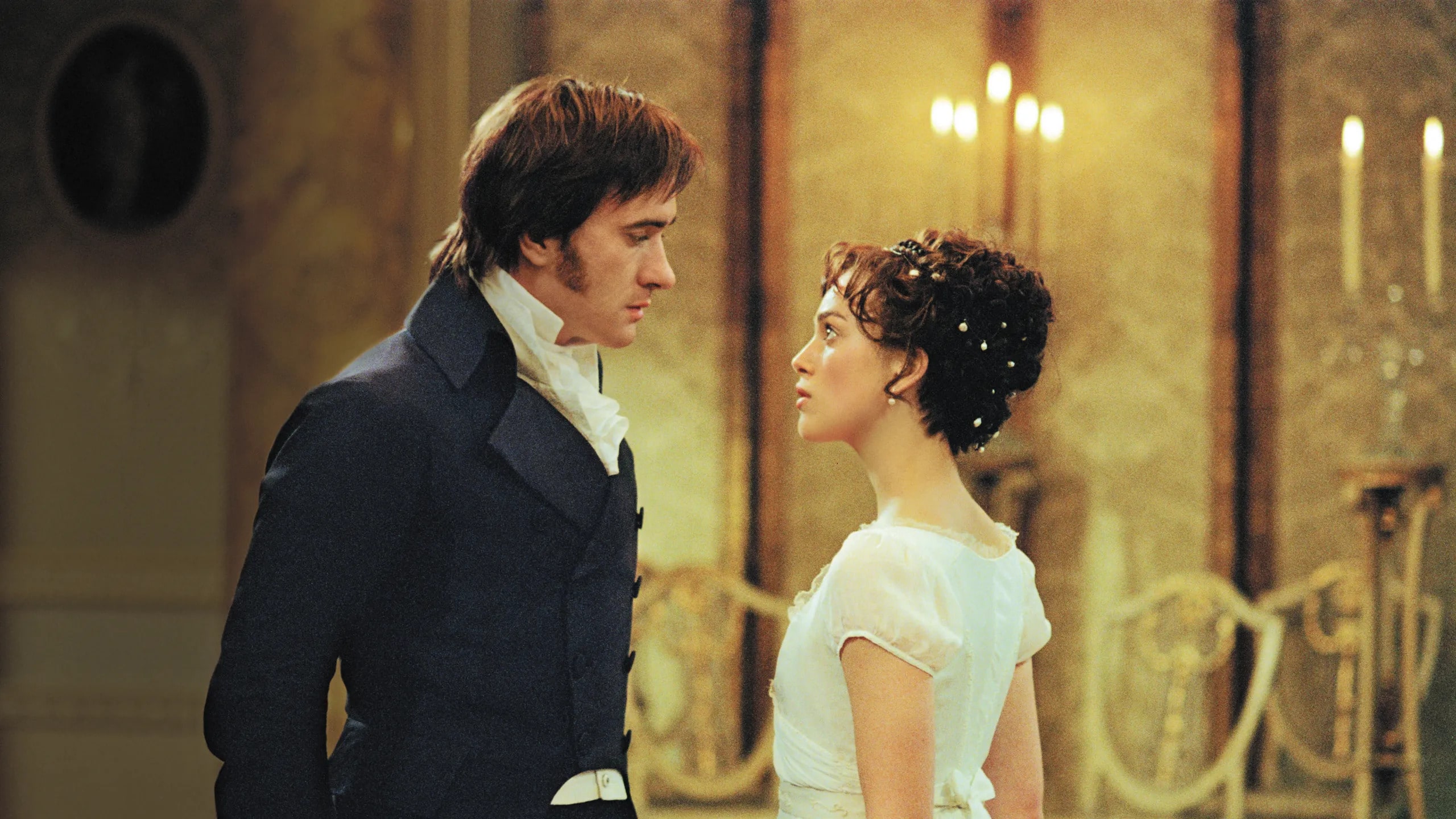
Pride and Prejudice Summary
Main Characters and Their Roles
| Character | Role and Personality |
|---|---|
| Elizabeth Bennet | The intelligent and independent heroine who values honesty, wit, and integrity. She refuses to marry for money or convenience |
| Mr. Fitzwilliam Darcy | A wealthy but proud gentleman whose initial arrogance hides a deeply honorable character |
| Jane Bennet | The eldest Bennet sister, admired for her beauty, kindness, and gentle heart |
| Mr. Charles Bingley | Darcy’s good-natured, wealthy best friend who quickly falls in love with Jane |
| Mr. Bennet | A witty and ironic father who loves his daughters but avoids responsibility |
| Mrs. Bennet | A nervous and talkative mother whose obsession with marriage embarrasses her family |
| Mr. George Wickham | A charming but deceitful soldier who manipulates others for personal gain |
| Mr. William Collins | A pompous clergyman and heir to the Bennet estate, more concerned with flattery than faith |
| Charlotte Lucas | Elizabeth’s sensible and pragmatic friend who marries for financial security rather than love |
| Lady Catherine de Bourgh | Darcy’s arrogant aunt who represents the elitism and class prejudice of upper society |
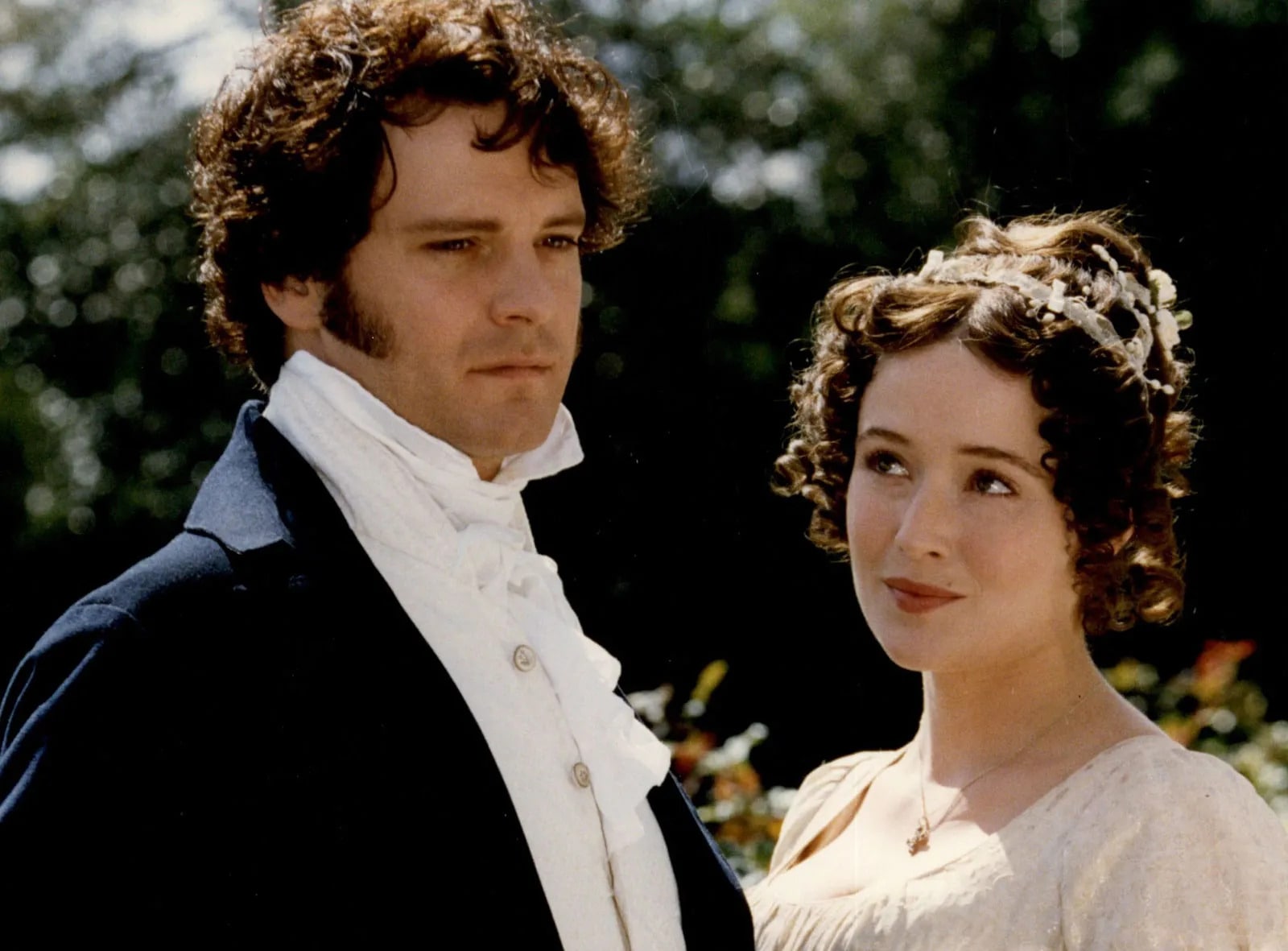
Pride and Prejudice Summary
Plot Summary: From Pride to Understanding
1. A New Neighbor at Netherfield Park
The story begins with one of literature’s most famous opening lines:
“It is a truth universally acknowledged, that a single man in possession of a good fortune, must be in want of a wife.”
When wealthy bachelor Mr. Bingley rents Netherfield Park, excitement spreads through the Bennet household. Mrs. Bennet immediately dreams of marrying off one of her daughters to him.
At a local ball, Mr. Bingley shows immediate affection for Jane Bennet, while his friend Mr. Darcy refuses to dance and offends Elizabeth by calling her “tolerable.” Elizabeth’s pride is wounded, and her prejudice against Darcy begins.
2. Love, Class, and Misjudgments
As the families interact, Bingley and Jane’s affection grows, while Darcy begins to notice Elizabeth’s wit and intelligence — something unusual for him. However, his pride and her prejudice keep them apart
The arrival of Mr. Wickham, a charming officer, complicates things further. He tells Elizabeth that Darcy cheated him out of an inheritance. She believes him without question, deepening her dislike for Darcy
Meanwhile, Mr. Collins visits the Bennets, planning to propose to one of the daughters to “make amends” for inheriting their estate. He first proposes to Elizabeth, but she refuses him. To everyone’s surprise, Charlotte Lucas, Elizabeth’s close friend, accepts his proposal. Elizabeth is shocked but realizes Charlotte married out of practicality — not love.
3. Broken Hearts and Hidden Truths
Jane and Bingley’s romance seems destined for marriage — until Bingley suddenly leaves for London, influenced by Darcy and his sisters. Jane’s heart quietly breaks
Elizabeth’s opinion of Darcy worsens. When she visits Charlotte (now Mrs. Collins) at Hunsford, she meets Lady Catherine de Bourgh — Darcy’s aunt — and later Darcy himself, who unexpectedly visits
During their stay, Darcy proposes to Elizabeth, confessing his love despite her “lower connections.” However, his arrogance and insulting tone offend her deeply. She rejects him and accuses him of ruining Jane’s happiness and mistreating Wickham
Darcy leaves humiliated — but not before giving Elizabeth a letter that changes everything. In it, he explains that Wickham is a liar who tried to elope with Darcy’s young sister, Georgiana. He also admits separating Bingley and Jane but insists he believed Jane didn’t love Bingley
Elizabeth realizes she has been blind and prejudiced, misjudging Darcy entirely. This moment marks her emotional and moral growth
4. Pemberley and Transformation
Months later, Elizabeth travels with her aunt and uncle, the Gardiners, to Derbyshire, where they visit Pemberley, Darcy’s grand estate. Believing he is away, Elizabeth agrees to tour it — and is stunned by its beauty and the respect his servants show for him
Unexpectedly, Darcy returns early. Instead of arrogance, he treats Elizabeth and her relatives with kindness and humility. His behavior shows real change and emotional growth
Elizabeth begins to see Darcy for who he truly is — a good man who has overcome his pride. She feels drawn to him, though neither expresses their feelings yet
5. Crisis and Redemption
Just as Elizabeth’s feelings begin to change, disaster strikes: her youngest sister, Lydia, runs away with Wickham. The scandal threatens to destroy the Bennet family’s reputation, as elopement without marriage was considered disgraceful at the time
Elizabeth is devastated and blames herself for keeping Wickham’s true nature secret. She writes to her aunt, only to learn later that Darcy secretly found Lydia and Wickham, paid off Wickham’s debts, and arranged their marriage — all to protect Elizabeth’s family’s honor
This selfless act proves Darcy’s deep love and moral integrity. Elizabeth’s gratitude and admiration for him grow stronger than ever
6. Love Restored and Respected
Bingley returns to Netherfield and soon rekindles his love for Jane. After a short time, he proposes, and she joyfully accepts
Darcy also returns, encouraged by Bingley’s happiness. He visits the Bennet home, where Elizabeth’s feelings are now clear. Lady Catherine de Bourgh tries to stop the match, warning Elizabeth that marriage to Darcy would disgrace his family. Elizabeth refuses to back down, showing her courage and independence
When Darcy learns of her strength and affection, he proposes again — this time with genuine humility and love. Elizabeth happily accepts, symbolizing how both characters have grown and overcome their flaws
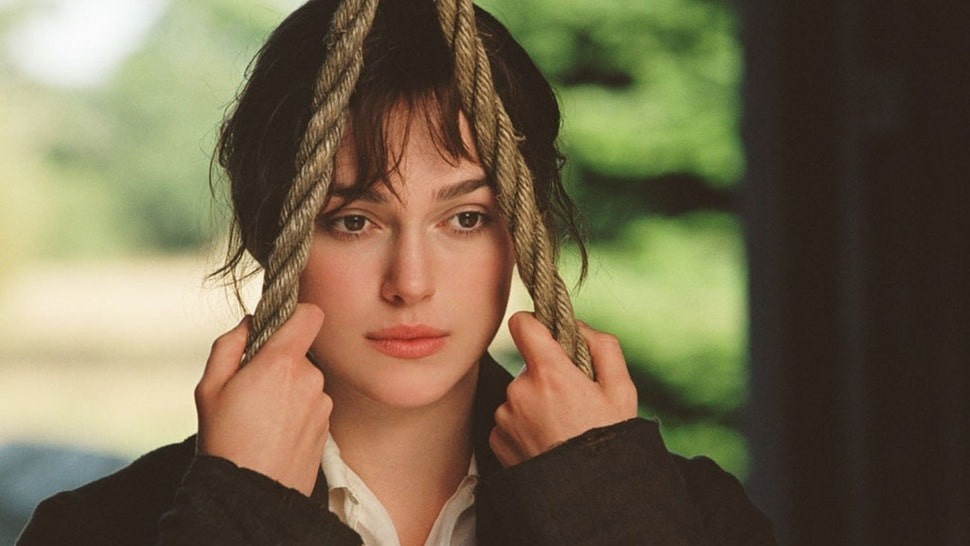
Pride and Prejudice Summary
Themes in Pride and Prejudice
1. Pride and Prejudice
The title reflects the dual flaws of the protagonists:
- Darcy’s pride in his social position blinds him to Elizabeth’s worth
- Elizabeth’s prejudice makes her misjudge Darcy’s true character
Their journey toward self-awareness is what makes the novel timeless
2. Class and Marriage
Marriage in Austen’s world is often a social transaction rather than a romantic union. Through characters like Charlotte Lucas, who marries for security, and Elizabeth, who insists on marrying for love, Austen criticizes the economic pressures on women and exposes class hypocrisy
3. The Role of Women
Austen subtly challenges 19th-century gender norms. Elizabeth’s independence, confidence, and refusal to marry without love were revolutionary traits for her time. She embodies a modern spirit of equality and self-respect
4. Reputation and Morality
Reputation is everything in Austen’s society. Lydia’s scandal threatens her entire family, while Darcy’s honorable actions redeem his earlier pride. Austen shows that true virtue lies in integrity, not social standing

Pride and Prejudice Summary
Character Development
Elizabeth Bennet
Elizabeth begins as witty, stubborn, and quick to judge. Through her experiences, she learns to look beyond first impressions and appreciate humility, kindness, and self-awareness
Mr. Darcy
Darcy’s transformation is the emotional core of the novel. His love for Elizabeth teaches him empathy and modesty, making him one of literature’s most enduring romantic heroes
Jane and Bingley
Their gentle, uncomplicated love contrasts Elizabeth and Darcy’s stormy relationship, showing that kindness and trust can lead to happiness
Mr. and Mrs. Bennet
They provide comic relief but also serve as a warning: foolish parenting and obsession with wealth can lead to social and moral chaos
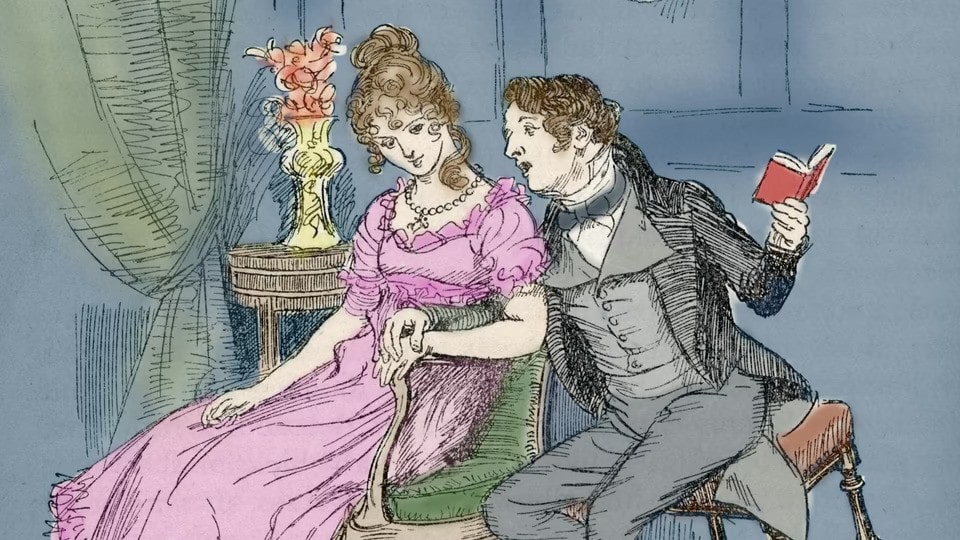
Pride and Prejudice Summary
Writing Style and Tone
Austen’s style is marked by wit, irony, and social realism. Her narration blends humor and sharp observation, allowing readers to laugh at society’s absurdities while sympathizing with her characters
Her tone is never harsh — it’s playful yet deeply insightful. The use of free indirect discourse (blending character thoughts with narration) gives readers intimate access to Elizabeth’s evolving emotions
Symbols and Motifs
- Pemberley: Represents Darcy’s character — grand, stable, but only truly beautiful once Elizabeth sees its warmth
- Dances and Balls: Symbolize social order and relationships; they’re where pride and prejudice collide
- Letters: Key to revelations and emotional honesty, especially Darcy’s letter to Elizabeth
Moral Lessons
The novel teaches that love without respect or growth cannot last. True happiness comes from overcoming pride, prejudice, and social vanity
It also highlights that wealth and class don’t define worth — integrity, intelligence, and compassion do
Legacy and Cultural Impact
Pride and Prejudice remains one of the most influential novels ever written. It has inspired countless films, TV series, and modern adaptations — from Bridget Jones’s Diary to Pride and Prejudice and Zombies
More importantly, it shaped the romantic genre as we know it. Elizabeth Bennet’s independence and Darcy’s evolution set the standard for the “strong heroine” and “redeemed hero” archetypes seen in modern storytelling
Conclusion
Love That Transforms
At its core, Pride and Prejudice is not just about romance — it’s about self-knowledge, forgiveness, and personal transformation
Elizabeth and Darcy’s journey from misunderstanding to mutual respect mirrors the growth every human must undergo to find genuine connection
Jane Austen’s masterpiece reminds us that real love begins when pride ends and understanding begins — a truth as relevant today as it was two hundred years ago
In this article from How2, we summarized the incredibly beautiful book Pride and Prejudice by the enduring work of Jason Austen. One of the books that you should read before you die is Pride and Prejudice. A book about the story of the rebellious, charming and at the same time strange daughter of the Bennet family, who, contrary to the customs of that day and the boundless efforts of her mother, does not seek to find a husband for herself, and this makes her involved in the ups and downs of love with Mr. Darcy, who is a man who seems self-centered, arrogant and undoubtedly wealthy.
. We hope you enjoyed reading this article.
To support us, just share this article on social networks and introduce us to your friends.
To contact us, just share your opinions in the comments section or leave a message on the contact us page.

